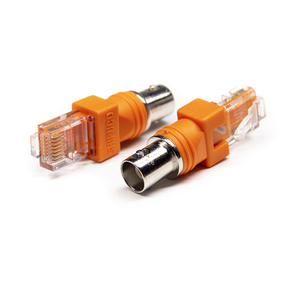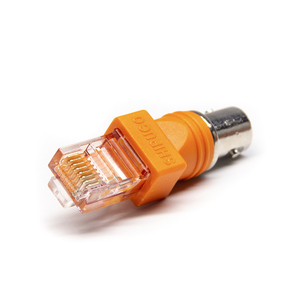
All categories
Featured selections
Trade Assurance
Buyer Central
Help Center
Get the app
Become a supplier

(874 products available)





















































Analog High Definition (AHD) over Ethernet converters are pivotal in modern surveillance systems, enabling the transmission of high-definition video over long distances using Ethernet cables. These devices bridge the gap between analog CCTV and the latest IP network systems, offering a cost-effective solution for upgrading existing analog systems.
AHD over Ethernet converters are designed to convert AHD signals to Ethernet network signals. This allows for the integration of AHD cameras into a networked video recorder (NVR) system, facilitating remote viewing and management. The converters support various video resolutions, ensuring compatibility with multiple AHD camera models and maintaining video quality over the network.
There are several types of AHD to Ethernet converters catering to different applications. Some are tailored for small-scale operations, while others are built for industrial-grade surveillance. These converters are commonly used in areas requiring long-distance video transmission, such as city surveillance, transportation networks, and large-scale commercial complexes.
The construction of AHD over Ethernet converters involves robust materials, ensuring durability and longevity. Features often include support for various protocols such as IP and TCP, and compatibility with wired LAN environments. These devices are engineered to withstand diverse operational conditions, making them suitable for both indoor and outdoor applications.
Utilizing AHD over Ethernet converters offers several advantages, including the use of existing Ethernet infrastructure, which can significantly reduce cabling costs. The converters also enable long-distance transmission without compromising video quality, which is a common challenge with traditional analog systems.
Selecting the appropriate AHD over Ethernet converter requires consideration of the specific requirements of the surveillance system, such as the number of channels, desired video resolution, and required transmission distance. It is essential to assess the compatibility with existing equipment to ensure seamless integration and optimal performance.